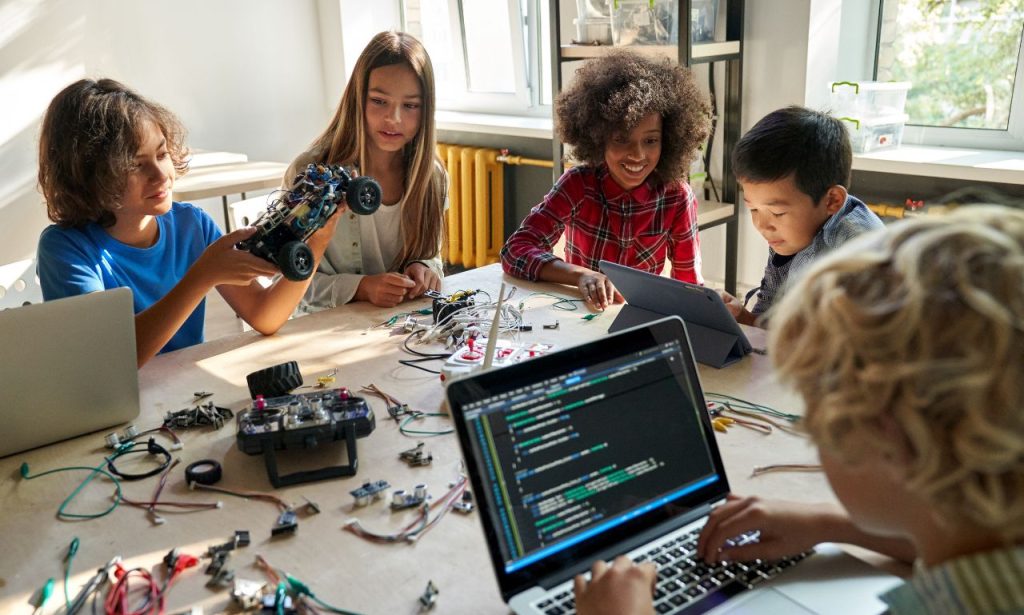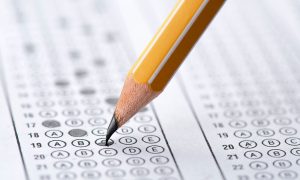Social awareness, which includes understanding and empathizing with others, recognizing diversity, and appreciating the strengths and biases that shape our interactions, is a crucial skill set. This article delves into the importance of social awareness in the classroom and offers innovative strategies and activities to cultivate this essential competence among students. By the end of this guide, educators will have a wealth of resources to implement effective social awareness activities for students, enhancing their emotional intelligence and preparing them for a socially complex world.
What is Social Awareness?
Social awareness refers to the ability to understand and respond to the needs, emotions, and perspectives of others. It encompasses empathy, perspective-taking, and an appreciation for diversity. Socially aware individuals can navigate social situations adeptly, form healthy relationships, and contribute positively to their communities. In the context of education, social awareness helps students collaborate effectively, resolve conflicts, and create a more inclusive and supportive classroom environment.
Why is Social Awareness Important in the Classroom?

Social awareness is integral to holistic education. It equips students with the skills necessary to build strong interpersonal relationships and fosters a supportive learning environment. Here are some key reasons why social awareness is crucial in the classroom:
- Enhances Emotional Intelligence: Understanding and managing emotions improves students’ ability to handle stress and engage in healthy social interactions.
- Promotes Inclusivity: Recognizing and appreciating diversity helps create an inclusive environment where all students feel valued.
- Improves Academic Performance: Students with high social awareness often exhibit better academic performance due to improved collaboration and reduced conflicts.
- Prepares for Future Success: Socially aware students are better prepared for the workforce, where teamwork and interpersonal skills are highly valued.
Strategies for Teaching Social Awareness
Teaching social awareness requires intentional strategies that integrate seamlessly into the classroom routine. Here are some effective approaches:
1. Modeling Socially Aware Behavior
Teachers play a pivotal role in modeling socially aware behavior. Demonstrating empathy, active listening, and respect for diversity sets a powerful example for students. When teachers show genuine concern for students’ well-being and celebrate differences, it encourages students to mirror these behaviors.
2. Incorporating Social-Emotional Learning (SEL) Programs
Implementing SEL programs is a structured way to teach social awareness. Programs like CASEL’s SEL framework provide a comprehensive approach to developing social-emotional skills, including self-awareness, self-management, social awareness, relationship skills, and responsible decision-making.
3. Creating a Safe and Inclusive Classroom Environment
A classroom environment that feels safe and inclusive is essential for fostering social awareness. Establishing clear norms for respectful behavior, addressing bullying promptly, and encouraging open dialogue about diversity and inclusion helps students feel secure and valued.
4. Integrating Social Awareness into the Curriculum

Social awareness can be woven into various subjects. For example, literature classes can explore themes of empathy and diversity through character analysis, while history lessons can examine the impact of social movements on societal change. This interdisciplinary approach reinforces the importance of social awareness across different contexts.
5. Utilizing Cooperative Learning Strategies
Cooperative learning strategies, such as group projects and peer mentoring, require students to work together towards a common goal. These activities provide opportunities for students to practice empathy, perspective-taking, and effective communication.
Activities for Helping Kids Improve Social Awareness
Implementing specific activities can significantly enhance students’ social awareness. Here are some innovative and effective activities:
1. Emotions Check-In
Regularly checking in on students’ emotions helps them become more aware of their own feelings and those of their peers. This activity can be done through verbal check-ins or using emotion charts where students can indicate their current emotional state. Discussing these emotions in a supportive environment encourages empathy and understanding.
2. Gratitude List
Encouraging students to create a gratitude list promotes a positive mindset and appreciation for others. Students can list things they are grateful for, focusing on people and acts of kindness. Sharing these lists with the class highlights the importance of recognizing and valuing positive interactions.
3. Mindful Morning Check-In
Starting the day with a mindful morning check-in sets a positive tone for the classroom. This can include guided meditation, breathing exercises, or reflective journaling. Mindfulness practices help students become more present and aware of their thoughts and emotions, fostering a calm and empathetic classroom environment.
4. Empathy Exercises
Empathy exercises, such as role-playing or reading stories from diverse perspectives, help students understand and share the feelings of others. These activities encourage students to step into someone else’s shoes and consider how different experiences shape people’s emotions and actions.
5. Perspective-Taking Activities
Perspective-taking activities challenge students to consider situations from multiple viewpoints. This can be done through debates, discussions, or projects that require students to represent different perspectives. Understanding diverse viewpoints enhances students’ ability to empathize and collaborate effectively.
6. Appreciating Diversity

Activities that celebrate diversity help students recognize and appreciate differences. This could involve cultural exchange programs, guest speakers from various backgrounds, or classroom projects that explore different cultures and traditions. Celebrating diversity fosters an inclusive environment where all students feel respected and valued.
7. Recognizing the Inherent Strengths of Others
Encouraging students to identify and acknowledge the strengths of their peers promotes a positive classroom culture. This can be done through peer recognition programs, where students highlight each other’s strengths and contributions. Recognizing strengths builds self-esteem and encourages mutual respect.
8. Recognizing Biases
Helping students recognize and challenge their own biases is crucial for developing social awareness. This can be achieved through discussions, reflective exercises, and activities that expose students to diverse perspectives. Recognizing and addressing biases fosters a more inclusive and equitable classroom environment.
Conclusion
Fostering social awareness in students is an ongoing process that requires dedication and intentionality. By implementing the strategies and activities outlined in this guide, educators can create a classroom environment that promotes empathy, inclusivity, and mutual respect. These skills are not only essential for academic success but also for students’ personal and professional lives. As students become more socially aware, they are better equipped to navigate the complexities of the world, contribute positively to their communities, and build a more compassionate and equitable society.
ALSO READ: Worst Jobs for Someone with Social Anxiety
FAQs
There are numerous resources available for educators looking to enhance social awareness in their classrooms. Websites like CASEL and Edutopia offer a wealth of information, lesson plans, and activities focused on social-emotional learning and social awareness.
Parents can support social awareness by modeling empathetic behavior, encouraging open discussions about emotions and diversity, and providing opportunities for children to interact with diverse groups. Reading books and watching films that explore different perspectives can also be beneficial.
Long-term benefits of social awareness include improved emotional intelligence, better interpersonal relationships, and enhanced problem-solving skills. Socially aware individuals are more likely to succeed in diverse workplaces and contribute positively to their communities.
Technology can be a valuable tool for teaching social awareness. Educational apps, online games, and virtual reality experiences can provide interactive and engaging ways for students to explore social-emotional skills and diverse perspectives. However, it is important to balance screen time with face-to-face interactions to ensure holistic development.
Educators might face challenges such as resistance from students, lack of time, or insufficient resources. Overcoming these challenges requires persistence, creativity, and support from school administration. Integrating social awareness activities into existing curriculum, seeking out professional development opportunities, and collaborating with colleagues can help.




